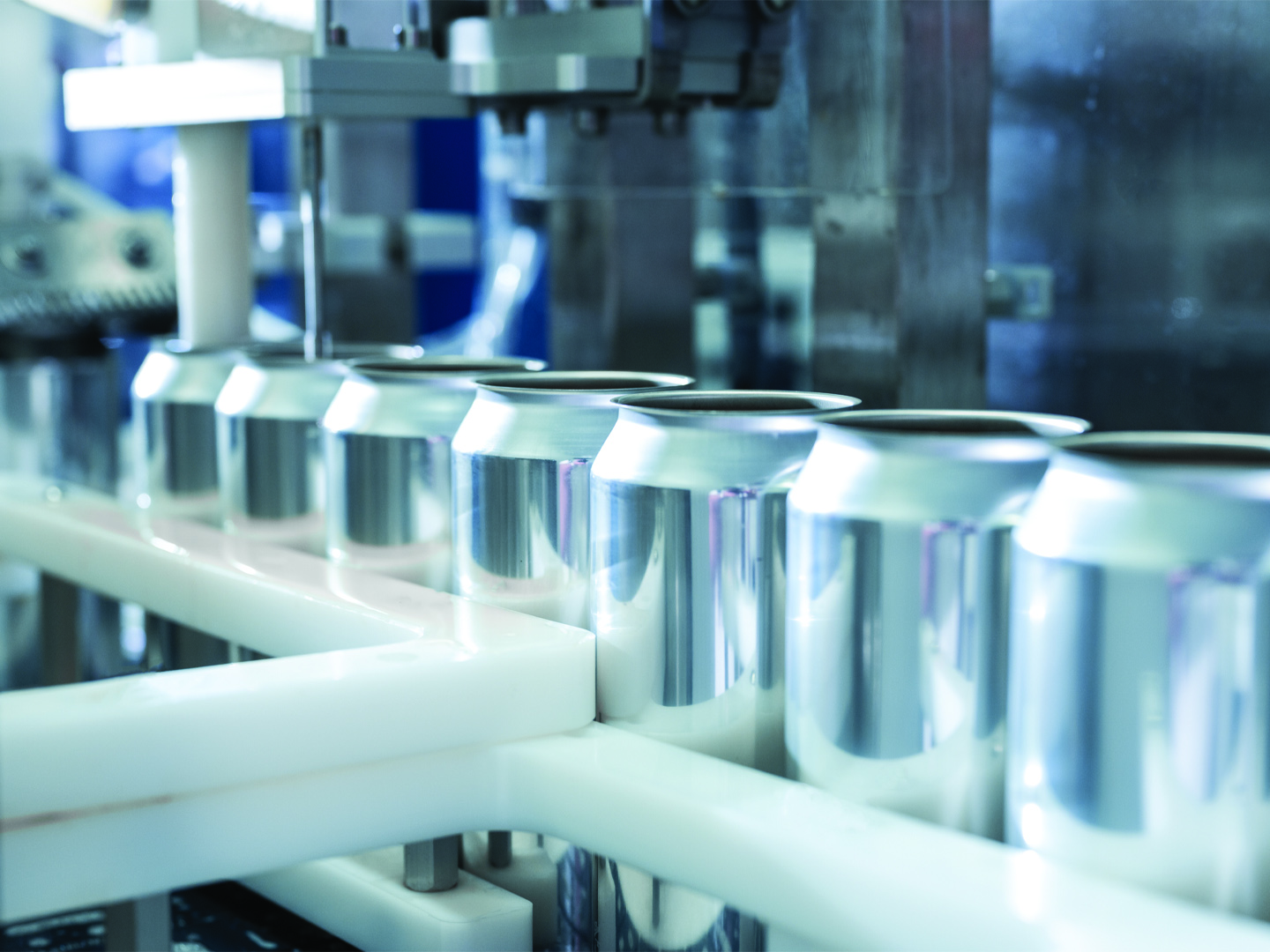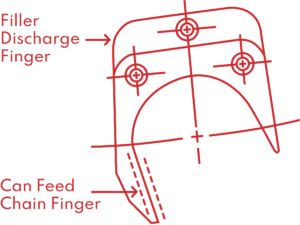
Crucial Components Explored: Filler/Seamer Drop Off and Seamer Timing Deconstructed (Part 2)
In our previous discussion about the “Exploring the domain of Quality Can Seaming: Ensuring the Perfect Seal (Part 1),” we uncovered the significance of factors like can mobility, lubrication, and can bottom quality in achieving airtight seals. Now, let’s delve further into the intricacies of can seaming by focusing on two crucial aspects: Filler/Seamer Drop Off and Seamer General Timing.
Section 1: Filler/Seamer Drop Off
After ensuring that can mobility is operating at its peak, the next area to concentrate on is verifying the proper drop off from the can holding pad of the filler to the seamer can wear plate. This drop-off is a critical element in the seamless canning process and should be checked at four places on the filler, positioned 90 degrees apart at the filler center line to the seamer wear plate.
To achieve this precise drop-off, the seamer can feed extension can be raised or lowered, ultimately achieving a drop-off range of .007” to .010”.
Once this drop-off is set, the alignment between the seamer feed chain finger and the filler accelerating finger should be meticulously adjusted. It’s important to note that since the filler can holding pad centers and the accelerating fingers can vary from filler to filler, this setting, along with the filler can guide rails, should ideally be handled by an experienced filler/seamer representative to achieve the optimum filler/seamer transfer. The in-motion timer plays a crucial role in providing the ultimate transfer alignment and is adjusted during production.

Section 2: Seamer General Timing
Now that we’ve set up the seamer transfer, the next step is to verify the can drop off into the seamer from the can wear plate to the lower chuck, also commonly referred to as the seamer lifter plate. This drop-off should fall within the range of .014” to .016”.
To achieve this precise can drop-off, seamer timing plugs or factory cans can be employed. Starting with the can feed and discharge rail, set the seamer can guide rails according to the manufacturer’s specifications. The degree of seamer make-up can vary, ranging from 85 degrees to 90 degrees, so it’s essential to refer to the seamer manufacturer’s manual for the actual setup.
Conclusion
In the intricate world of can seaming, success lies in meticulous attention to detail. Ensuring the proper Filler/Seamer Drop Off and mastering Seamer General Timing are fundamental steps towards achieving impeccable canning results. These precise adjustments, made by experienced hands, are the secret ingredients behind the efficiency and reliability of the canning industry. Stay tuned for more insights into the fascinating realm of can seaming, where precision reigns supreme
Read Part 1 of the blog here

Kevin Wright
With an illustrious career, Kevin formerly held the position of Director of Customer Service for Angelus, where he was instrumental in providing technical support to both domestic and international field service representatives. His extensive expertise also saw him assisting the can reps and customer maintenance teams, cementing his position as a trusted and reliable figure in the field.
His vast experience isn’t just confined to Angelus. Kevin stands out as a global authority in seamer troubleshooting. His hands-on work with the SmartSkin solution in numerous Coca-Cola plants worldwide further testifies to his profound knowledge and skill set.

